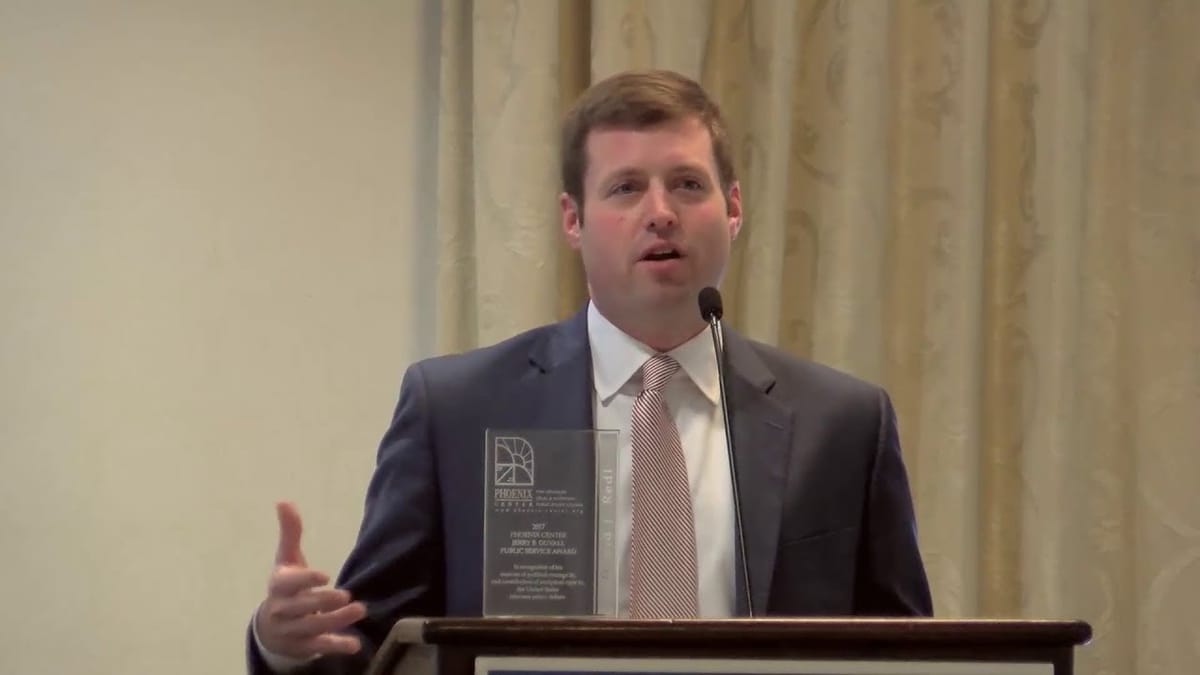NTIA’s Request for Comments on Broadband Data Spurs Concerns About FCC’s Form 477
WASHINGTON, August 7, 2018 – Many in the broadband industry commenting on broadband availability data exposed the weaknesses of current Federal Communications Commission data – and not only in the data itself but in the process by which it is collected. The Commerce Department’s National Telecommuni
Heather Heimbach

WASHINGTON, August 7, 2018 – Many in the broadband industry commenting on broadband availability data exposed the weaknesses of current Federal Communications Commission data – and not only in the data itself but in the process by which it is collected.
The Commerce Department’s National Telecommunications Industry Association conducted a request for comments on actions that could be taken to improve the quality and accuracy of broadband availability data, particularly in rural areas.
Although the FCC regularly conduct requests for comments on broadband-related matters, the NTIA weighs in more sparingly. The agency’s May 30 Request for Comments followed a directive of Congress in the Consolidated Appropriations Act of 2018.
In it, the NTIA said that it sought “input from a broad range of interested stakeholders—including private industry; academia; federal, state, and local government; not-for-profits; and other stakeholders with an interest in broadband availability—on ways to improve the nation’s ability to analyze broadband availability, with the intention of identifying gaps in broadband availability that can be used to improve policymaking and inform public investments.”
Form 477 a chief item of criticism; diverse suggestions on tackling it
The FCC has previously faced criticism for utilizing inaccurate data from “Form 477.” Collected for nearly two decades, the Form 477 was first collected at the census tract level.
Following the introduction of the NTIA’s State Broadband Initiative program of the 2009 American Recovery and Reinvestment Act, NTIA and FCC collaborating on collecting broadband data at the census block level, a much finer level of geography.
Several State Broadband Initiative entities collected data at the sub-census block level, too.
In its request for comment, the NTIA said it wanted to focus particularly on whether and how the data could be improved.
It said: “This data also demonstrates that there continued to be a significant disparity across America, with more than 30 percent of rural Americans and approximately 35 percent of those living on Tribal lands lacking broadband availability, compared to 2 percent of Americans living in urban areas.”
Diverse set of responses to NTIA’s request, with US Telecom urging a rural focus
A diverse list of companies, associations, and government bodies issued responses to NTIA’s request, which was due on July 16.
US Telecom argued that NTIA’s efforts to collect sub-census block data may continue to be ineffective due to lack of understanding over where unserved locations actually are.
According to US Telecom, the root of the problem is not “an inaccurate view of where broadband exists” but rather that “unserved locations are not mapped at all.” Because they are unmapped, the unserved areas remain excluded from policies to deploy broadband access.
“It is therefore our recommendation that NTIA concentrate its limited resources on augmenting the National Broadband Map with a more fulsome set of rural geocoded locations that may exist in the hands of other government entities,” US Telecom said.
Utah’s broadband office says that coverage by census block coverage overcounts broadband
The Utah Governor’s Office of Economic Development commented that in the FCC’s current model, in “any census block that is partially covered,” all residents – including those unserved – in the census block could be made ineligible for all federal broadband programs. The partially covered census block could be ineligible even if the majority of residents are unserved.
To remedy this situation, the Utah recommended that the “NTIA and the FCC should work with providers and state broadband mapping programs to coordinating data and mapping efforts in order to collect actual provider footprints.”
WISPA opposes FCC efforts to collect granular broadband data
The Wireless Internet Service Providers Association expressed concern that new efforts by the FCC to collect more granular data could press heavy demands on small service providers, who may have difficulty collecting such specific data.
“Data-collection efforts that seek broadband deployment at the sub-census block level will create new burdens on small broadband providers that will be ill-equipped to provide information at a more granular level,” WISPA said.
WISPA also noted that obtaining granular data can be costly and time-consuming for small business who may have to purchase new software or upgrade existing technology.
Microsoft recommended “visualization and analytic tools” to collect, analyze, compare, and display information drawn from the data. By providing visualization tools, the data FCC collects will reach a greater audience and “help users better understand broadband availability” to decrease data input errors.
Microsoft hones in on a crucial distinctions: Actual service versus potential service
Microsoft also recommended that the FCC change the language specified in the data collection form to ensure that providers are reporting the areas that actually provide service to, not areas where they “could” provide service.
“We are aware of a rural county in which the FCC’s data reports six fixed broadband providers and 100 percent of the 2000-plus census blocks as having broadband access meeting the FCC’s 25/3 Mbps definition. Interestingly, about two-thirds of the census blocks in that county have a population of zero,” Microsoft said.
Two broadband providers reported they could provide broadband access, despite that they actually were not serving the residents, as “customer service representatives for these providers confirmed that they do not provide residential services in these communities.”
(Screengrab of NTIA Adminstrator David Redl speaking at the Phoenix Center in December 2017.)











Member discussion